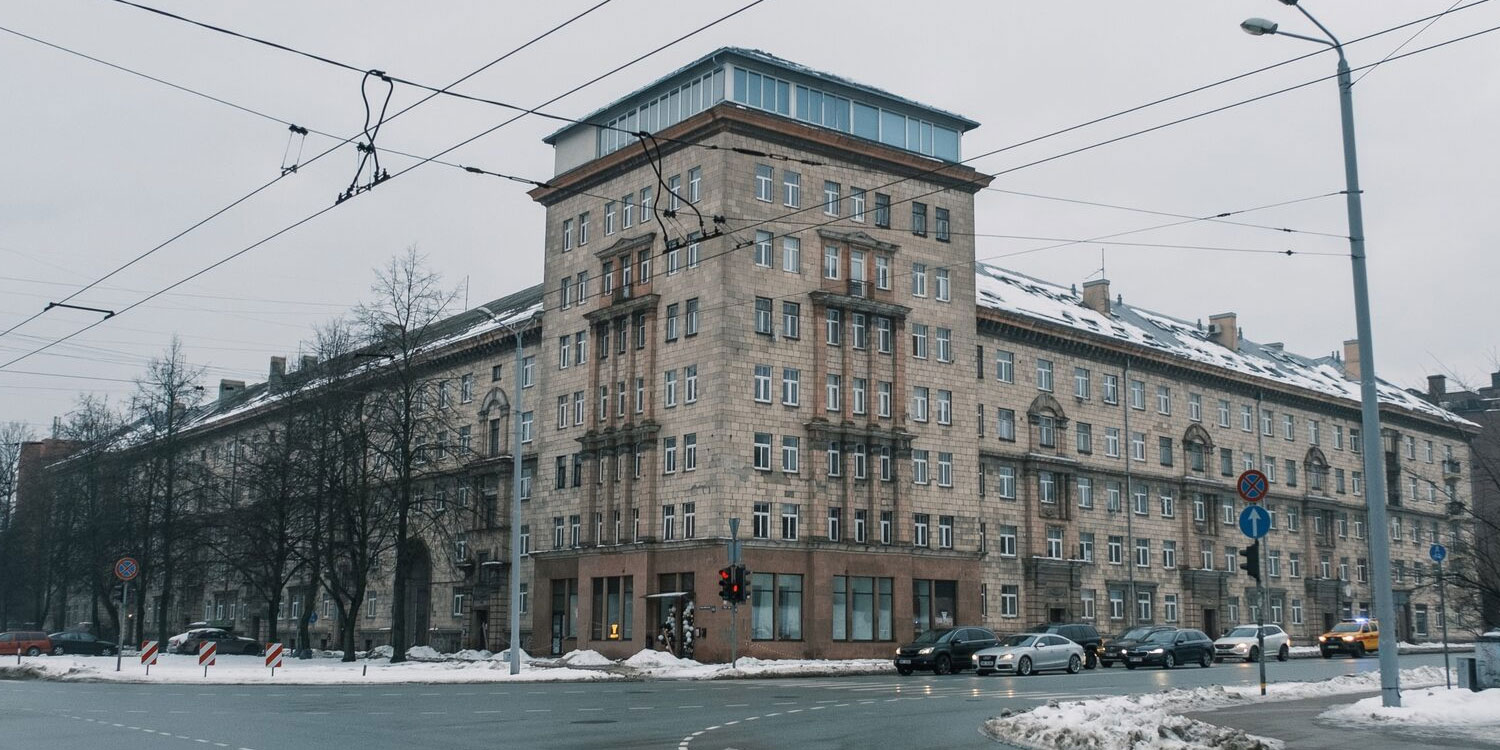Stalinist houses in Latvia - pros and cons
These iconic buildings, known as "Stalinkas," form part of the Soviet Union’s architectural legacy. They were constructed primarily during Stalin’s rule but also continued to be built after his death—from 1945 until the early 1960s—embodying the monumental traditions of the era.
Construction Features
Height: 2–6 floors, often with intricate facade designs;
Materials: Brick masonry with decorative plaster finishes;
Structure: Thick walls (up to 1 meter), providing soundproofing and thermal insulation;
Layout: Apartments with high ceilings and isolated or cascading interconnected spaces.
Strengths
Comfortable layout: High ceilings and spacious room designs;
Renovation potential: Internal layouts can often be adapted to modern needs;
Energy efficiency: Thermal and acoustic insulation surpasses some modern buildings.
Limitations
Functional shortcomings: Lack of balconies and loggias;
Maintenance costs: Restoration work often requires significant investment;
Construction flaws: Post-war buildings occasionally exhibit structural defects.
Despite the challenges of aging, these homes retain prestige in the real estate market. Their value stems from a unique historical aura and robust construction quality, ensuring steady demand both today and in the future.
